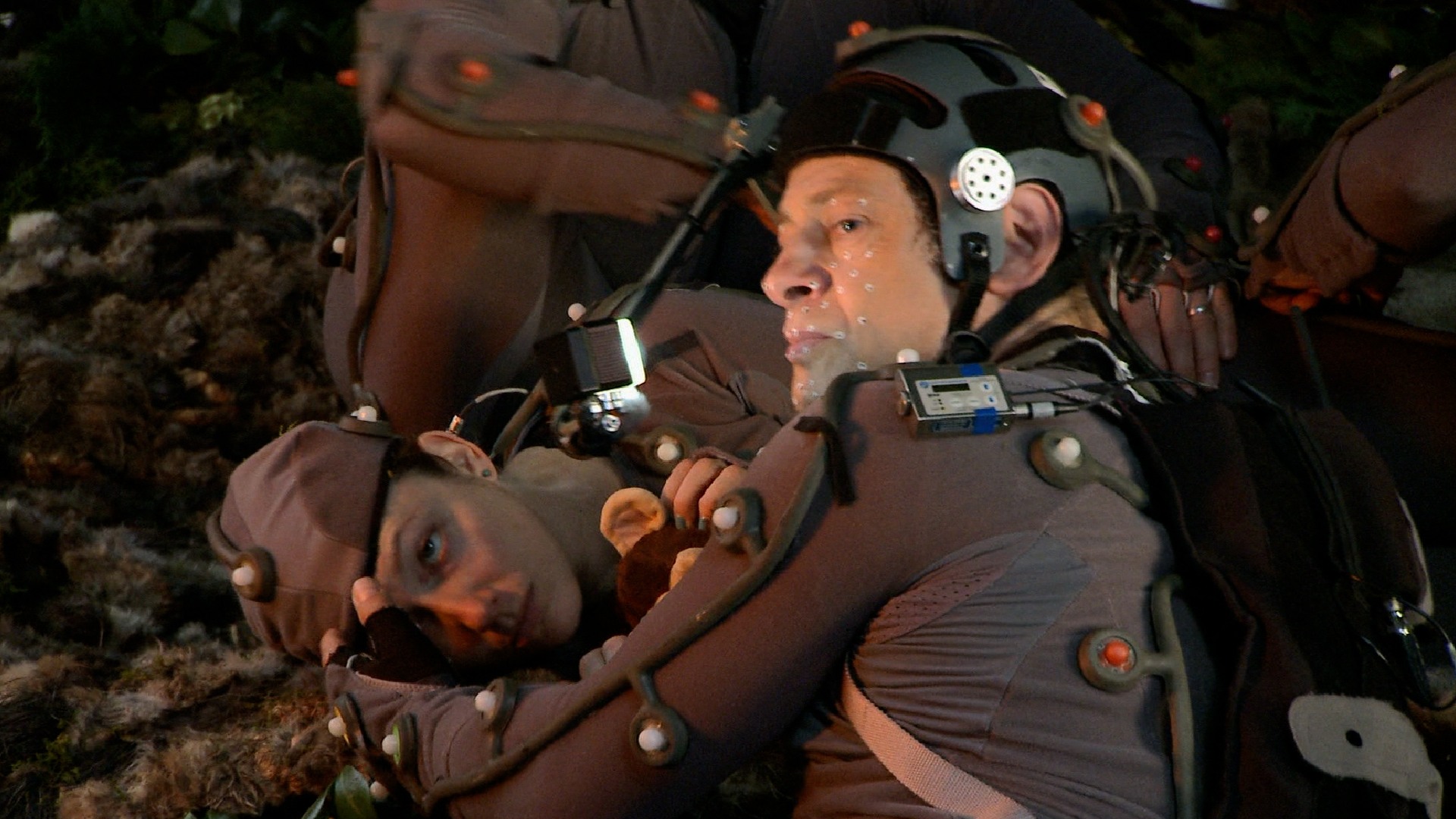
Anyone who’s ever been to the movies, in any year, knows that science fiction is one of the most popular genres out there. But not all sci-fi films are created equal. If your idea of science fiction is based entirely on a Star Wars movie, you might be in for a shock when you sit down to watch Arrival expecting the same kind of ride.
Science fiction stretches across an enormous range of ideas and styles. You can have a giant, unsettling space baby floating in 2001: A Space Odyssey, or high-tech future policing in Minority Report. There’s no limit to what happens when science meets the imaginations of filmmakers. While there are countless subgenres, for simplicity’s sake, sci-fi is often split into two main camps: hard science fiction and soft science fiction.
These terms are borrowed from the world of academia; “hard” in the sense of natural sciences with measurable facts, and “soft” like the social sciences, which are more interpretive.
Hard sci-fi leans heavily on scientific accuracy. It aims to be credible, logical, and rigorous. There’s some wiggle room for creative license, but the science still forms the backbone of the story. Matthew McConaughey explained why Interstellar fits firmly in this camp: “It is all plausible. We’re not just saying, ‘Let’s just say this happens.’ It was the science that informed the fiction. We haven’t gone to these places, we don’t know exactly what would happen, but everything in the film is plausible and possible. The science informed the creation of the worlds we go into.”
No argument there; Interstellar is a perfect hard sci-fi pick. Other strong examples include the original Blade Runner and its sequel Blade Runner 2049, the cerebral Ex Machina, and the survival-driven The Martian.
Soft sci-fi, on the other hand, focuses more on people, ideas, and philosophy than on strict scientific detail. Star Trek is a prime example, using futuristic settings to explore social and political themes. The science behind certain things, like why so many alien races look human, doesn’t get as much scrutiny.
Then you have movies that fall somewhere in the middle. The Jurassic Park and Jurassic World series are a good case study. The premise sounds grounded in science, but it’s stretched to its limits. For Bryce Dallas Howard, these films are pure movie magic: “When you watch a movie like Jurassic Park as a kid, it’s life-changing. Suddenly you realize what’s possible for movies, what an audience experience could be. Everyone in the theater was losing their minds because we were seeing dinosaurs for the first time.”
Director Colin Trevorrow doesn’t care much about whether the films count as hard or soft sci-fi. For him, believability is about context: “We tried to integrate them into a world we could relate to and make them real. When you have a science fiction creature surrounded by more science fiction on another planet, it’s harder to make it relatable. But we put them in a park that felt real, surrounded them with people from all over the world and products we recognize. We used all of that to make the dinosaurs believable.”
For soft sci-fi recommendations, you could start with Avatar, jump into any Star Trek film or series, or go all in with the entire Star Wars saga.
In the end, it’s all personal preference, and the line between hard and soft sci-fi is more of a gradient than a wall. As Matthew McConaughey put it: “I wouldn’t get hung up on the science, because you can’t press rewind in the theater. Don’t worry, just go for the ride.”